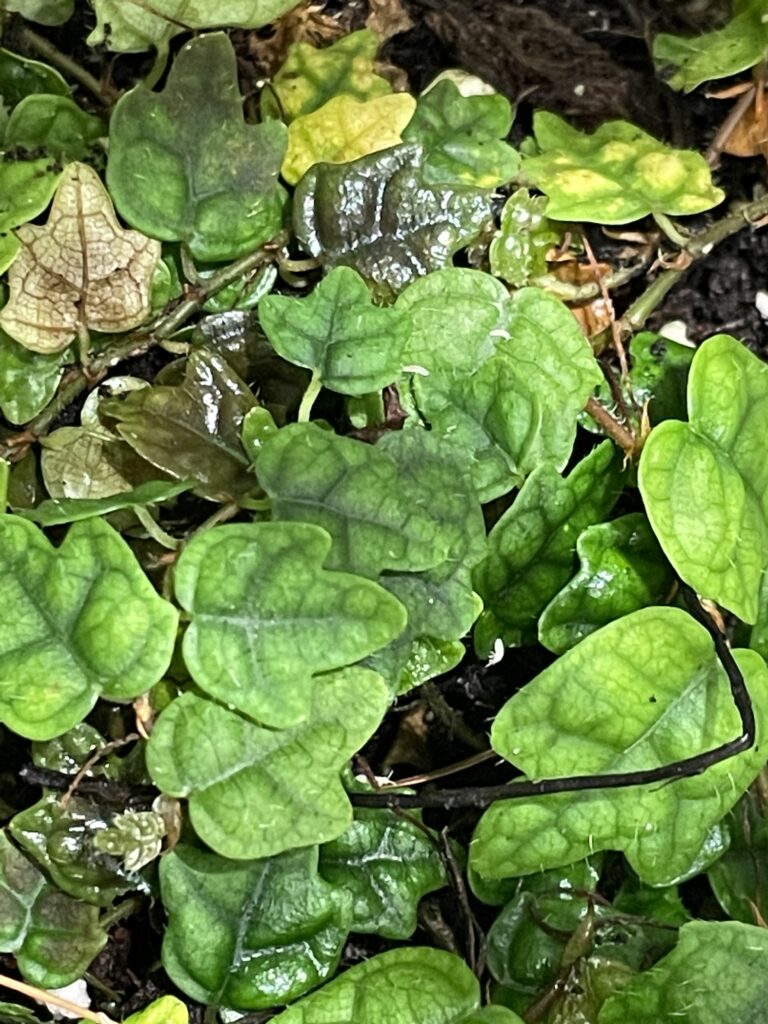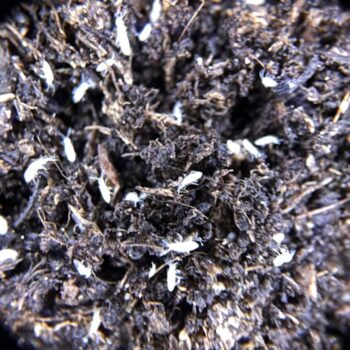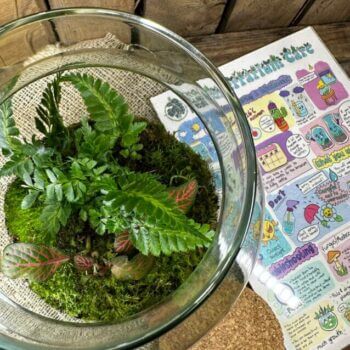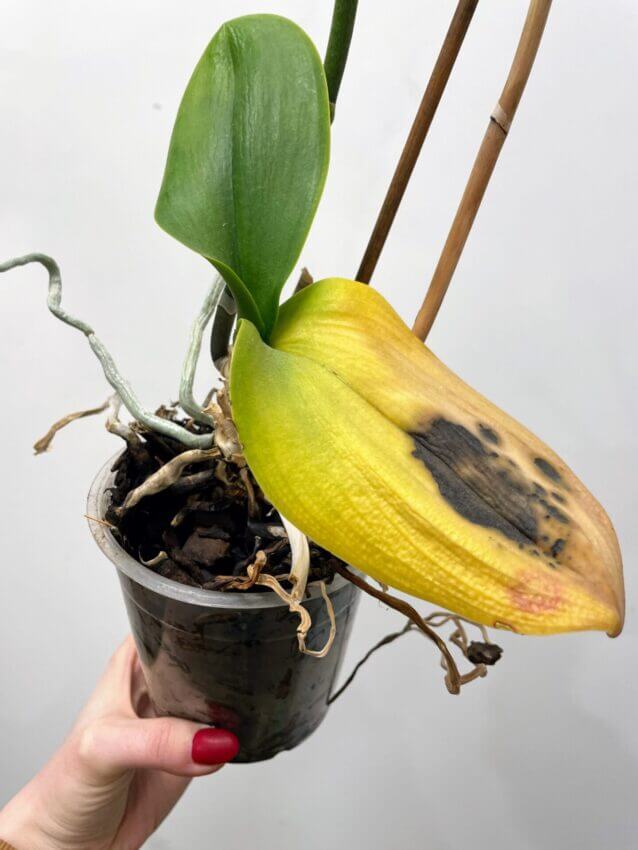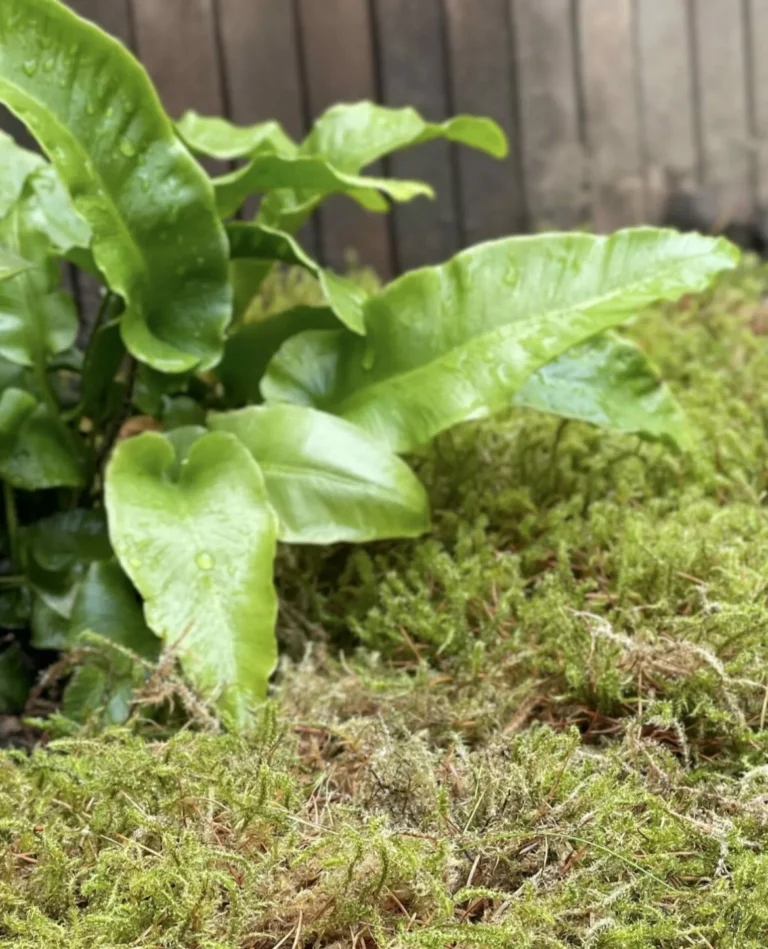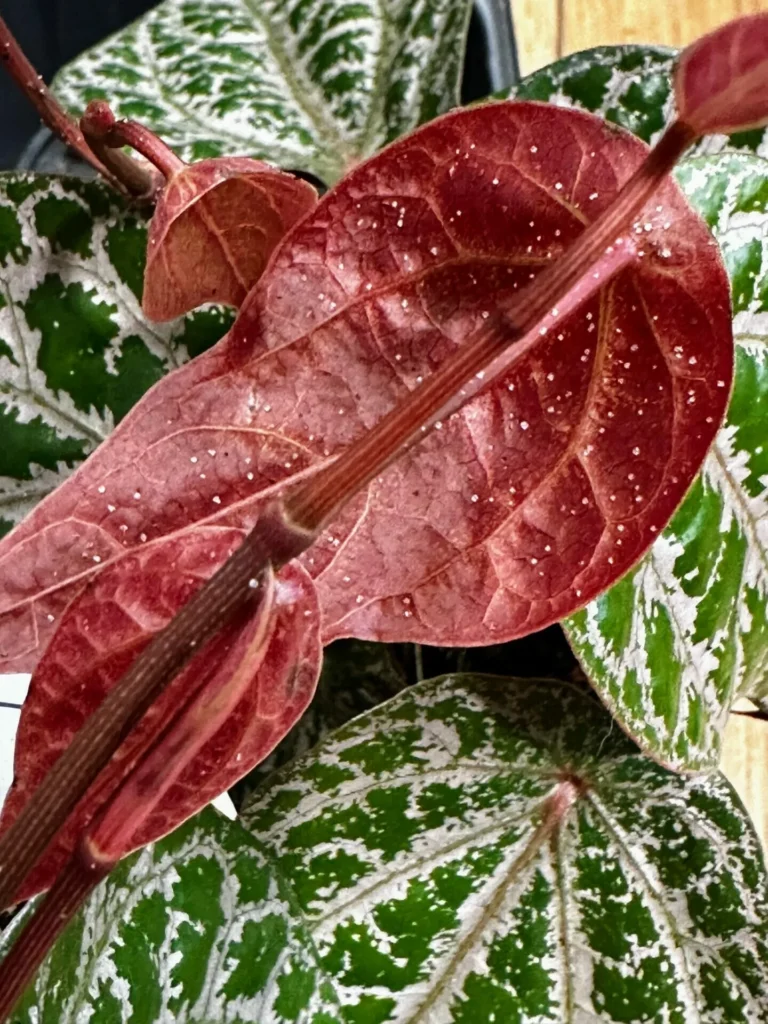Springtails: The Ultimate Cleaning Crew of Your Bio-Active Terrariums and Vivariums
When it comes to maintaining a healthy and thriving environment for your bio-active terrariums or vivariums, springtails are an essential component which makes creating a self-sustainable eco-system much easier. These tiny, white, wingless insects are nature’s ultimate cleaning crew who consume organic waste products and breaks them down into nutrients that can be used by other plants and animals in the ecosystem.
In this article, we’ll explore what springtails are, the benefits they provide to your bio-active enclosures, and also how to care for them to keep them thriving.
What Are Springtails?
Springtails are small, arthropod insects that belong to the order Collembola. They are found all over the world, living in a wide range of habitats, from forests and grasslands to deserts and wetlands. These tiny creatures are less than 6mm in length and have a distinct ability to jump several times their body length. They come in a variety of colours, including white, grey, brown, and black.
Springtails are often found in leaf litter, soil, and other organic matter, where they feed on fungi, algae, and decaying organic matter. They play a crucial role in breaking down organic matter and recycling nutrients back into the ecosystem. In a bio-active terrarium or vivarium, springtails perform the same essential function, helping to break down decaying plant matter, uneaten food, and other waste products, keeping your enclosure clean and healthy.
Benefits of Adding Springtails to Your Bio-Active Terrariums and Vivariums
- Cleaning Crew: Springtails are the ultimate cleaning crew for your bio-active enclosures. They consume organic waste products and break them down into nutrients that can be used by other plants and animals in the ecosystem. By adding springtails to your enclosure, you are creating a natural and effective cleaning crew that will keep your enclosure clean and healthy.
- Soil Health: Springtails also play an essential role in maintaining soil health. They help to aerate the soil, allowing for better water penetration and nutrient uptake by plants. They also help to break down organic matter, making nutrients more readily available to plant roots.
- Pest Control: Springtails can help control the population of other pests in your enclosure, such as mites and fungus gnats. By consuming decaying plant matter and other organic waste products, they can help reduce the food sources for these pests, reducing their populations over time.
How to add springtails to your terrarium?
It is very easy to add springtails to their new home.
If you are in the process of creating your terrarium you can add them in at the soil stage.
If you already have an established terrarium you can place the open pot on its side and place it in the terrarium and they will find their way to their new home themselves.
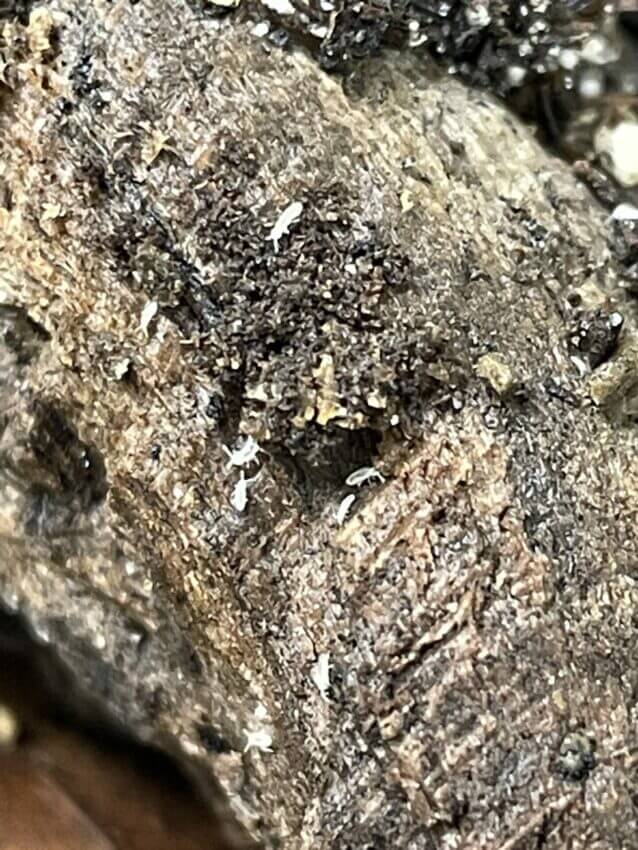
Springtails Care
Caring for springtails in your bio-active enclosure is very simple. Here are some essential tips to keep in mind:
- Substrate: Springtails need a moist substrate to thrive. A mixture of sphagnum moss, good quality soil or other organic materials like pine bark can provide an excellent environment for them. Make sure to keep the substrate moist but not waterlogged.
- Temperature and Humidity: Springtails prefer temperatures between 18 and 24 degrees Celsius and humidity levels between 70% and 80% which is relatively easy to archive inside a closed terrarium.
- Feeding: Springtails feed on decaying plant matter like rotted leaves and other organic waste products. In a bio-active enclosure, there should be plenty of food for them to consume, but you can also supplement their diet with a small amount of fish food, vitamin B12 flakes or powdered spirulina.

Are Springtails Pets and Humans Safe?
One of the most common concerns among pet owners is whether springtails are safe for their pets. The good news is that springtails are generally considered safe for humans and pets like cats or dogs. They do not bite or sting, and they are not known to carry any diseases or parasites that could harm humans or animals. Springtails prefer their moist habitat inside the terrarium and will not spread around homes.
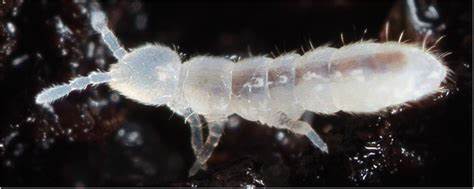
Tiny White Bugs In Houseplants Soil
If you want to get rid of springtails in your houseplant pots, the best approach is to improve drainage and reduce the amount of water you’re giving your plants. You can also try using a natural pest control solution like neem oil, hydrogen peroxide or diatomaceous earth, but be careful not to harm your plants in the process.
With proper care and attention, springtails can be a helpful addition to your houseplant ecosystem so it is unlikely you would ever need to remove them.
Ready to Create Thriving Bio-Active Terrarium with Springtails?
Now that you know about the many benefits of springtails and how they can improve the health and cleanliness of your bio-active terrarium or vivarium, why not consider adding them to your existing setup or creating a new one? At Highland Moss, we offer everything you need to create a thriving bio-active enclosure, including premium growing mediums, lush moss, and beautiful plants. Most importantly, we offer springtails so you can get the perfect match for your ecosystem.
If you’re new to bio-active enclosures, our terrarium kits are a convenient and easy way to get started. With a kit, you’ll receive everything you need to create a healthy and thriving ecosystem, including step-by-step instructions to guide you through the process. Our kits are designed to be easy to use and even not experienced people will be able to create a beautiful terrarium.
If you already have a terrarium but want to add springtails as your private cleaning crew, we offer containers full of happy springtails that can be shipped directly to your door. With speedy 24-hour postage, you can be sure that your springtails will arrive fast and happy, ready to get to work in your enclosure.
Need More Help?
If you’re unsure about what’s wrong with your plant or lack confidence in providing treatment, why not try our Plant Hospital? This free online service only requires a few simple steps to create a plant patient form, which we will review and diagnose for you. If you’re looking for instant advice, check out our new MOSSBOT, a super smart tool that provides instant advice on plant care and other concerns.
If you’re not confident in repotting your plant or unsure how to do it, you can book our repotting service. Simply bring your plants to our shop, and we’ll take care of everything for you while answering all of your plant-related questions. Our repotting service includes repotting, a new nursery pot, a hand-blended, premium growing medium suitable for your plant, a plant health check, plant care advice, and sharing our plant pro tips.
Looking For More Knowledge
If you’re looking for more information on how to care for your plants, be sure to check out our other articles on plant care. We have articles on a wide range of topics, including how to treat common pests, how to choose the right soil and fertilizers, and how to propagate your plants. Our articles are packed with useful tips and information that can help you get the most out of your plants. Whether you’re a serial plant killer, a beginner or have your own lush jungle, there’s something for everyone. So take a look and see what you can learn!
What Is That White Thing in My Houseplants Soil? the World of Beneficial Soil Organisms With Pictures
Spotting something unexpected moving in your soil can be scary and most of you probably first think about harmful pests. However, it’s important to remember that many tiny creatures in your garden, indoor pots or terrariums are there for a good reason. These beneficial organisms play a crucial role in maintaining the health and fertility…

The Green Tapestry: Unveiling the Moss Collection of Highland Moss
Introduction At Highland Moss, we are obsessed with the intricate world of mosses. Our moss selection, sourced from our private forests, showcases the beauty and versatility of these humble plants. This article dives into the details of a few of our specially curated moss varieties, each with its own story and charm. Our thanks to…
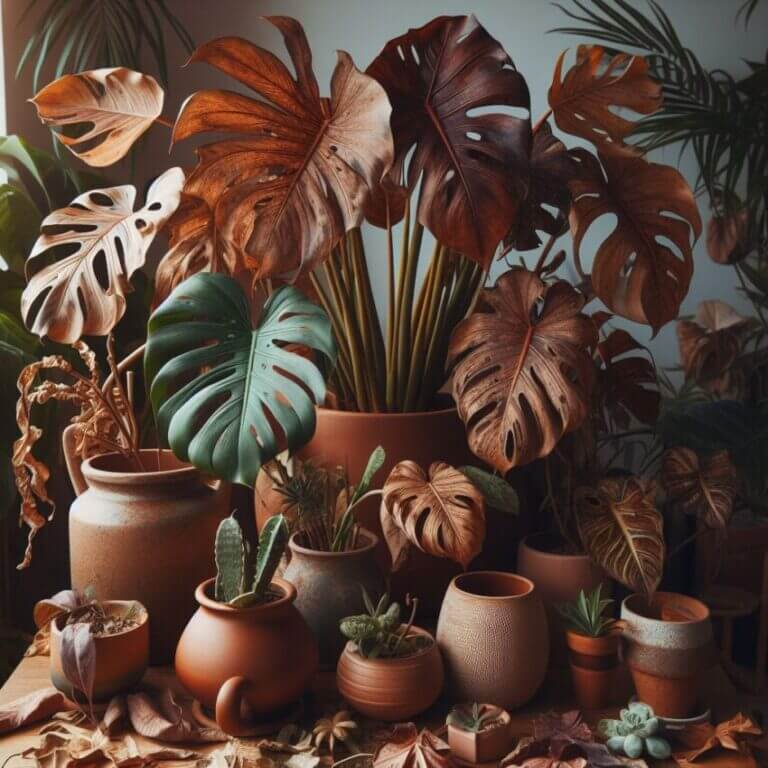
Common Mistakes in Plant Parenthood: Why Your New Plant Might Be Struggling or Dying
The arrival of a new plant is always a cause for celebration and lots of excitement, whether you await a parcel from an online order, constantly refreshing tracking details, or run home from the plant shop to introduce your new gem to your beautiful indoor jungle. As both plant sellers and devoted plant enthusiasts for…

Creating a Mini Terrarium in a Glass Container: A Step-by-Step Guide
If you’ve ever been intrigued by crafting a miniature terrarium but felt unsure where to begin, this guide is for you! With clear, easy-to-follow instructions accompanying pictures, we’ll walk you through creating your simple terrarium. This article is designed to demystify the creation of these closed ecosystems, making it an enjoyable and educational experience for…
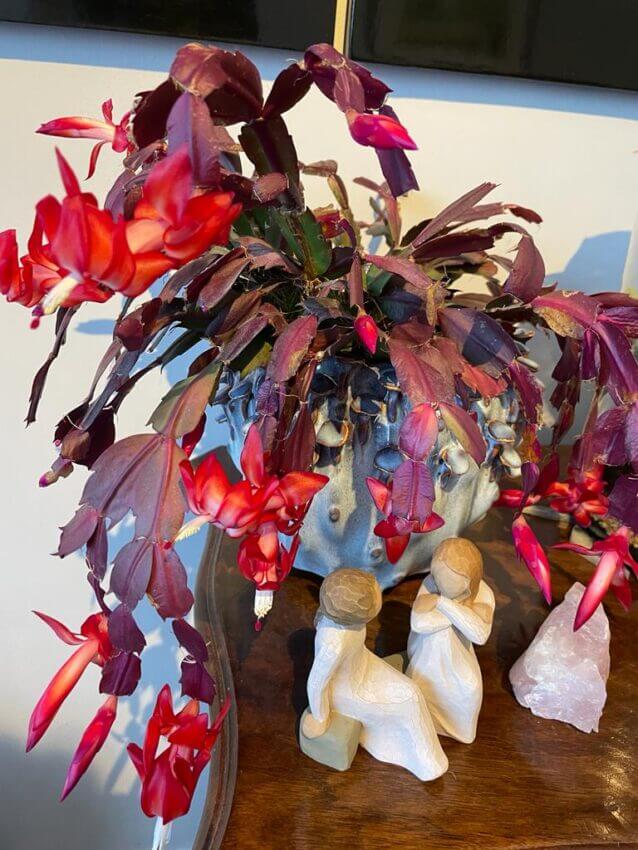
How to grow the Christmas cactus and encourage it to bloom
The beautiful Schlumbergera truncata, popularly known as the Festive Cactus, is usually available in Christmas, Easter, or Thanksgiving variations, depending on the time of blooming. This easy-care plant is native to humid rainforests in Brazil. It is epiphytic, meaning it grows on trees and does not rely on a substrate like soil to survive. Due…
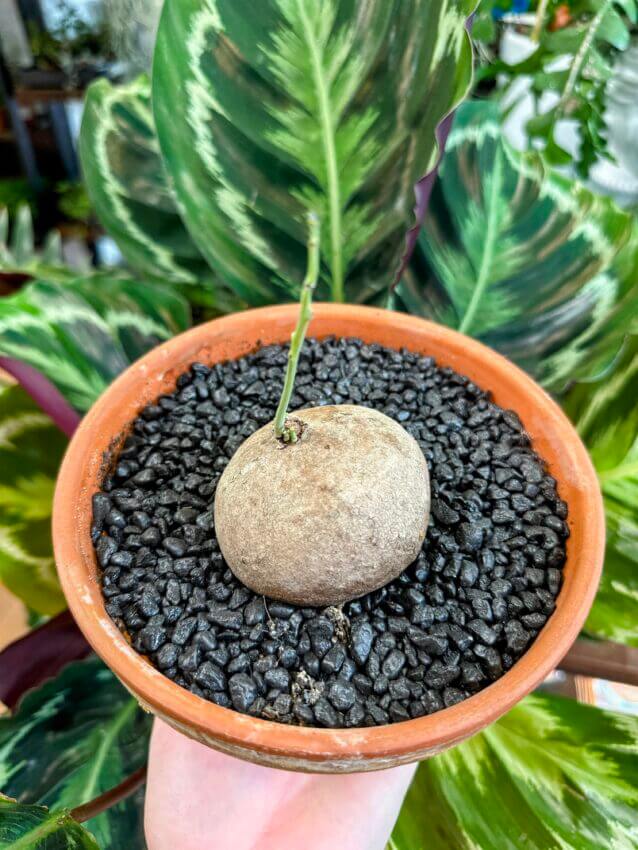
4 Houseplants which Need Dormancy: Winter Care of Carnivorous, Caladium, Stephania Erecta, Alocasia
As the days get shorter and temperatures drop during autumn and winter months, it’s time to prepare your houseplants for the winter season as some of them may experience dormancy. Dormancy is a natural response to changes in the level of light and temperatures, allowing plants to conserve energy and survive unfavourable conditions. This inactive…


